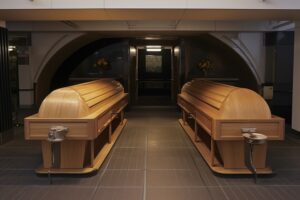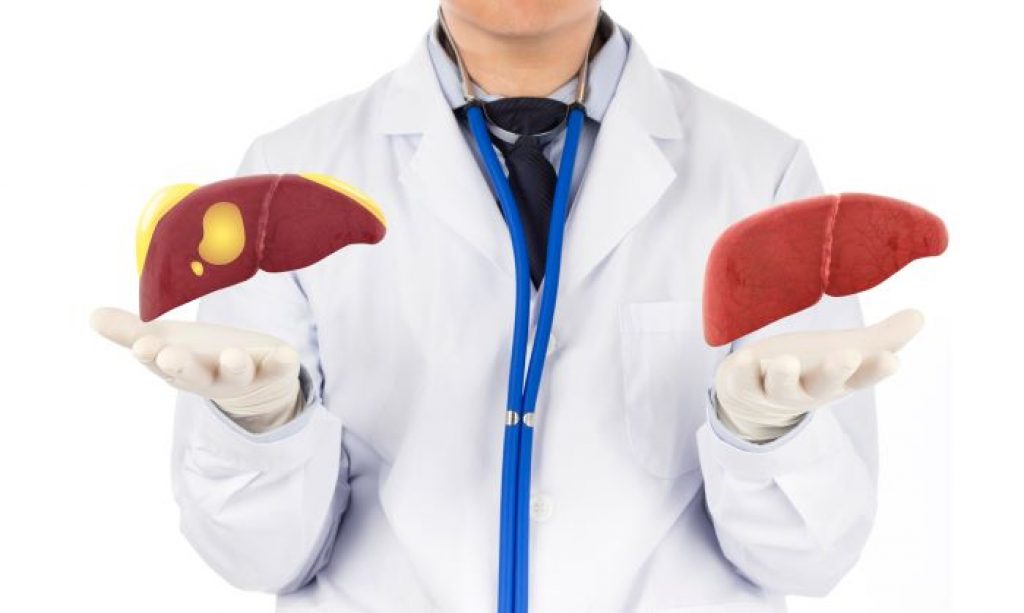
Fatty Liver Disease: Signs & Treatments
The signs of fatty liver disease are not easy to detect and are often mistaken for flu and cold. Symptoms like ongoing fatigue, abdominal pain and yellowing of the skin ought to be taken seriously.
Related Topics (Sponsored Ads):
Non-alcoholic Fatty Liver Disease, or NAFLD, is a collective term for a number of liver diseases that affect people who don’t drink much or any alcohol. As the name suggests, the main sign of NAFLD is that there is too much fat in the liver cells. This could lead to a number of other problems, which should be dealt with carefully if found. It can be hard to figure out if someone has fatty liver disease because the symptoms are often mistaken for something else.
NAFLD is getting more common all over the world, especially in the Western world. It’s the most common type of long-term liver disease in North America, affecting almost a quarter of the population. Even though it can be treated and even cured, most people with this condition don’t even know they have it.
Non-alcoholic steatohepatitis (NASH), an aggressive form of fatty liver disease, can happen to people with NAFLD. NASH is marked by inflammation of the liver and can lead to advanced scarring (cirrhosis) and liver failure. This damage is like the damage that comes from drinking too much. But with a strict diet, people with this problem can not only reverse their condition, but also improve their overall health. If you have this disease, look at these foods to avoid and start eating better.

Ongoing Bouts of Fatigue, Abdominal Pain and Irritability Might Point to the Early Sign of Fatty Liver Disease
Fatty liver disease usually causes no signs and symptoms. When it does, they may include symptoms that are normally associated with having the flu or a mild cold. This is why it is extremely important for those that have non -stop infections, ongoing pains and discomfort, especially around the abdominal area, to get a fill check-up from their local clinic or general practitioner. The main symptoms that people go through are long bouts of tiredness, irritability and trouble sleeping.
Early signs and symptoms of Fatty Liver Disease:
-
Fatigue
-
Pain or discomfort in the upper right abdomen
-
Easily irritable
-
Sleep insomnia
Possible signs and symptoms of NASH and advanced scarring (cirrhosis) include:
-
Abdominal swelling (ascites)
-
Enlarged blood vessels just beneath the skin’s surface
-
Enlarged spleen
-
Red palms
-
Yellowing of the skin and eyes (jaundice)
Diagnosis of Fatty Liver Disease Can Be Performed Through Numerous Laboratory Tests
As stated, NAFLD causes no symptoms in most cases, it frequently comes to medical attention when tests done for other reasons point to a liver problem. This can happen if your liver looks unusual on ultrasound or if you have an abnormal liver enzyme test.
Tests done to pinpoint the diagnosis and determine disease severity include:
Blood tests:
-
Complete blood count
-
Liver enzyme and liver function tests
-
Tests for chronic viral hepatitis (hepatitis A, hepatitis C and others)
-
Celiac disease screening test
-
Fasting blood sugar
-
Hemoglobin A1C, which shows how stable your blood sugar is
-
Lipid profile, which measures blood fats, such as cholesterol and triglycerides
-
Imaging procedures
Imaging procedures used to diagnose NAFLD include:
-
Abdominal ultrasound, which is often the initial test when liver disease is suspected
-
Computerized tomography (CT) scanning or magnetic resonance imaging (MRI) of the abdomen. These techniques lack the ability to distinguish NASH from NAFLD, but still may be used
-
Transient elastography, an enhanced form of ultrasound that measures the stiffness of your liver. Liver stiffness indicates fibrosis or scarring
-
Magnetic resonance elastography, works by combining MRI imaging with sound waves to create a visual map (elastogram) showing the stiffness of body tissues
Blood Tests and Imaging May Fail To Uncover Fatty Liver Disease, Then a Biopsy May Be Needed
Blood tests and imaging tests sometimes fail to diagnose fatty liver disease; in these circumstances, a doctor or specialist may recommend a liver biopsy, in which a tiny sample of the liver is removed and evaluated.
Liver tissue analysis:
-
Your doctor can suggest a treatment to remove a sample of tissue from your liver if other testing are inconclusive (liver biopsy). A laboratory examination of the tissue sample is performed to search for indications of inflammation and scarring.
-
A liver biopsy may be painful, and there are a few minor hazards that your doctor will go through in detail with you before the procedure. A needle is inserted into the liver during this treatment and through the abdominal wall
Healthy Eating and Daily Exercise Is The Best Treatment for Fatty Liver Disease
Weight reduction achieved via a mix of a balanced diet and exercise is often the first step in therapy. The causes of NAFLD are addressed by losing weight. Although losing 10% of body weight is ideal, risk factors may improve with even smaller weight losses of 3% to 5% of beginning weight. For people who need to shed a lot of weight, weight-loss surgery is another possibility. Liver transplantation may be a possibility for patients who have developed cirrhosis as a result of NASH.
There are no current medicines available in the American market for potential future ones. The Food and Drug Administration has not yet licensed any medications to treat nonalcoholic fatty liver disease, however several medications are undergoing promising clinical trials.
Related Topics (Sponsored Ads):
Discover More






